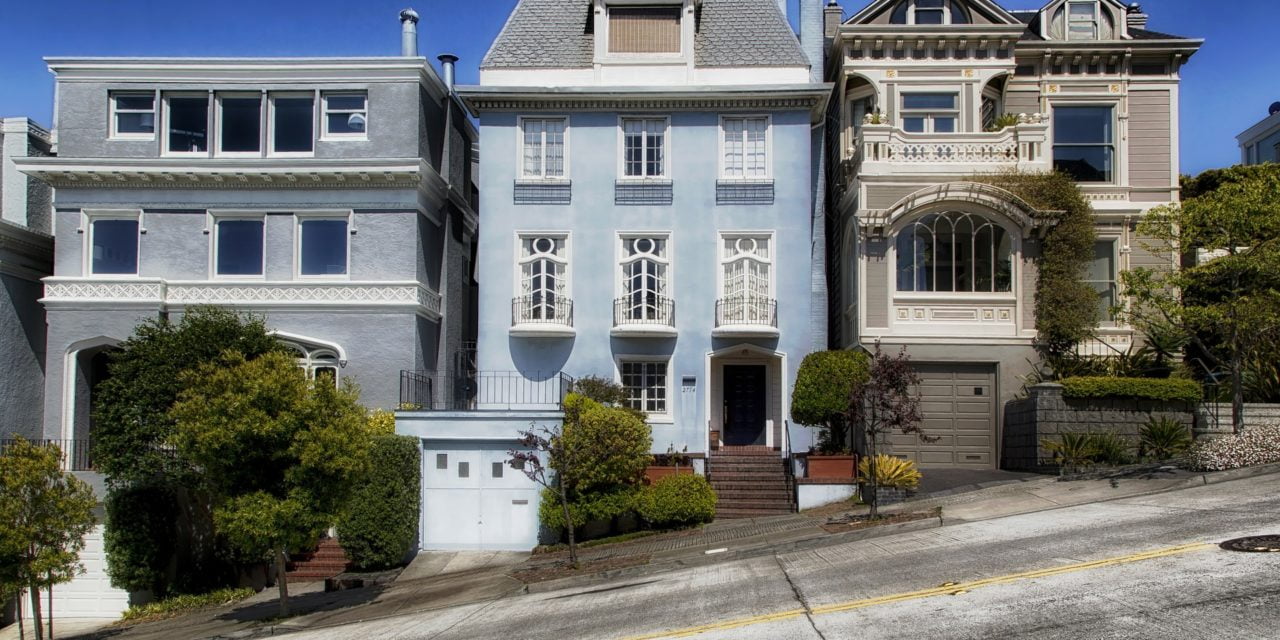San Francisco is in a unique position within California’s real estate landscape. Unlike in many other parts of the state, jobs have fully recovered in San Francisco thanks to its prosperous tech industry. As a result, the region’s home prices have surpassed those just before the Millennium Boom.
But this recovery has brewed a perfect storm of high prices and low inventory. The city’s real estate market has the dubious honor of having the highest home prices in the state and a below-average rental vacancy rate.
Prospective homebuyers priced out of the market are forced to rent, but even rentals have become scarce. This is because new units aren’t going up fast enough to keep up with the decline in vacant rental units. In turn, nearly 10,000 residents have been locked out of the home and rental markets entirely and are homeless as of 2019.
To combat its housing woes, San Francisco is putting its money where its mouth is by passing a fee waiver bill.
Mo’ money, mo’ problems
In July 2019, the San Francisco Board of Supervisors voted unanimously to waive nearly $2 million in projected fee revenue from the Department of Building Inspection (DBI) for 100% affordable housing and accessory dwelling units (ADUs). This means builders of qualifying developments won’t have to pay certain DBI fees at all. By not collecting these fees, the city is lowering a significant financial barrier to the creation of desperately-needed affordable housing units.
Editor’s note — “100% affordable housing” refers to developments whose units are all rented at reduced rates. An ADU is a secondary housing unit on a single family residential (SFR) lot.
The pilot program will last for one year and drops inspection, plan review, records retention and site surcharge fees for qualifying developments. According to the DBI, these fees average $3,200 for ADUs and $150,000 for affordable housing developments. They estimate the bill will benefit over 200 ADUs based on previous application inflow.
To qualify, 100% affordable housing developments need to be multifamily residential buildings whose units are:
- subject to a regulatory income restriction; or
- funded by a nonprofit charitable organization providing housing for the homeless.
Managers’ units are exempt from these criteria.
Qualifying ADUs need to be:
- within a building;
- on a property with four or fewer units; or
- on a nonprofit charitable organization’s residential project.
The ordinance awaits San Francisco Mayor Breed’s signature but will retroactively apply to the specified fees collected since June 1, 2019. Those applicants can expect a refund.
One more chance
San Francisco is not the first to recognize ADUs as a valuable tool for quietly increasing density, but only the latest in a growing push by California lawmakers ready to give them a second chance.
On the state level, Senate Bill 13 similarly lowered a significant financial hurdle for ADUs: impact fees. These fees offset the impact new residents will have on infrastructure. In California, these fees are disproportionately high for ADUs compared to traditional SFRs, hampering an effective density creator. The bill is currently with the California Assembly Appropriations Committee.
But fees alone aren’t usually the deal-breaker for new affordable housing projects or even homeowner-developers looking to build an ADU. Plenty of larger barriers to ADU creation exist, like building costs, parking requirements and an often long, drawn-out permitting process.
In fact, San Francisco recently accelerated the ADU permitting process to make progress on a massive backlog of over 900 permit applications. Between August 2018 and February 2019, 439 of those units were permitted with 90% of those being rent controlled. Together, small steps like streamlining permitting and cutting fees wherever possible add up to create a more affordable San Francisco.
Nevertheless, fee-busting legislation for affordable housing will add another reason for San Franciscans to create more diverse housing options. By stripping away thousands in fees, the bill will hopefully embolden homeowners on the fence about contributing a new ADU to the city’s tight rental market.
Likewise, this may buoy new housing creation among larger developers considering 100% affordable housing developments that simply don’t pencil out with all the fees.
Related article:
The process for building an ADU can be daunting for homeowners. Luckily, the California Department of Housing and Community Development publishes an informative handbook on ADUs, covering everything from the basics to new legislation. Use this tool to become the local expert on ADUs and you’ll be a homeowner’s first call when thinking about adding a unit to their home.
Agents—are you prepared to navigate possible clients through the ADU building process in your city? Download first tuesday’s ADU FARM letter here to connect with your market and stay on top of the upcoming ADU surge.














